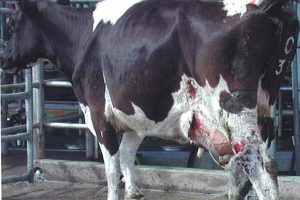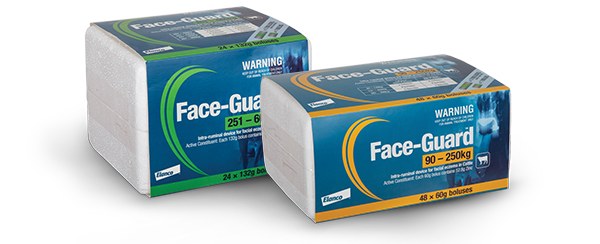How to take a Grass Sample for Spore Counting to Monitor for Facial Eczema
- Select a paddock you wish to monitor
- Cut a handful of grass with sharp scissors or a knife, approximately 1cm above the ground level
- Repeat the procedure at 10 sites across a diagonal of the paddock
- Avoid parts of the paddock sheltered by trees and hedges and contaminating samples with soil and roots.
5. Collect the sample in a clean paper bag, need 200g of grass (one bag full)
6. Store in the fridge until taken to our clinic. Please don’t deliver to clinic on a Friday.
7. Repeat sampling at a minimum of once a week in the same paddock and take samples on the same diagonal path across the paddock.
Monitor farm spore counts:
When regional spore counts reach 20,000 spores/g of pasture or after a period of rain is followed by warm conditions.
Choose 4 paddocks that are representative of your farm and monitor only these.
TIPS for predicting the most susceptible paddocks for spore counting:
Spore counts on north and west-facing slopes are usually higher than east and south-facing slopes.
Paddocks with a lot of pasture litter and those that are sheltered often have higher counts.
Last Updated on February 4, 2025

